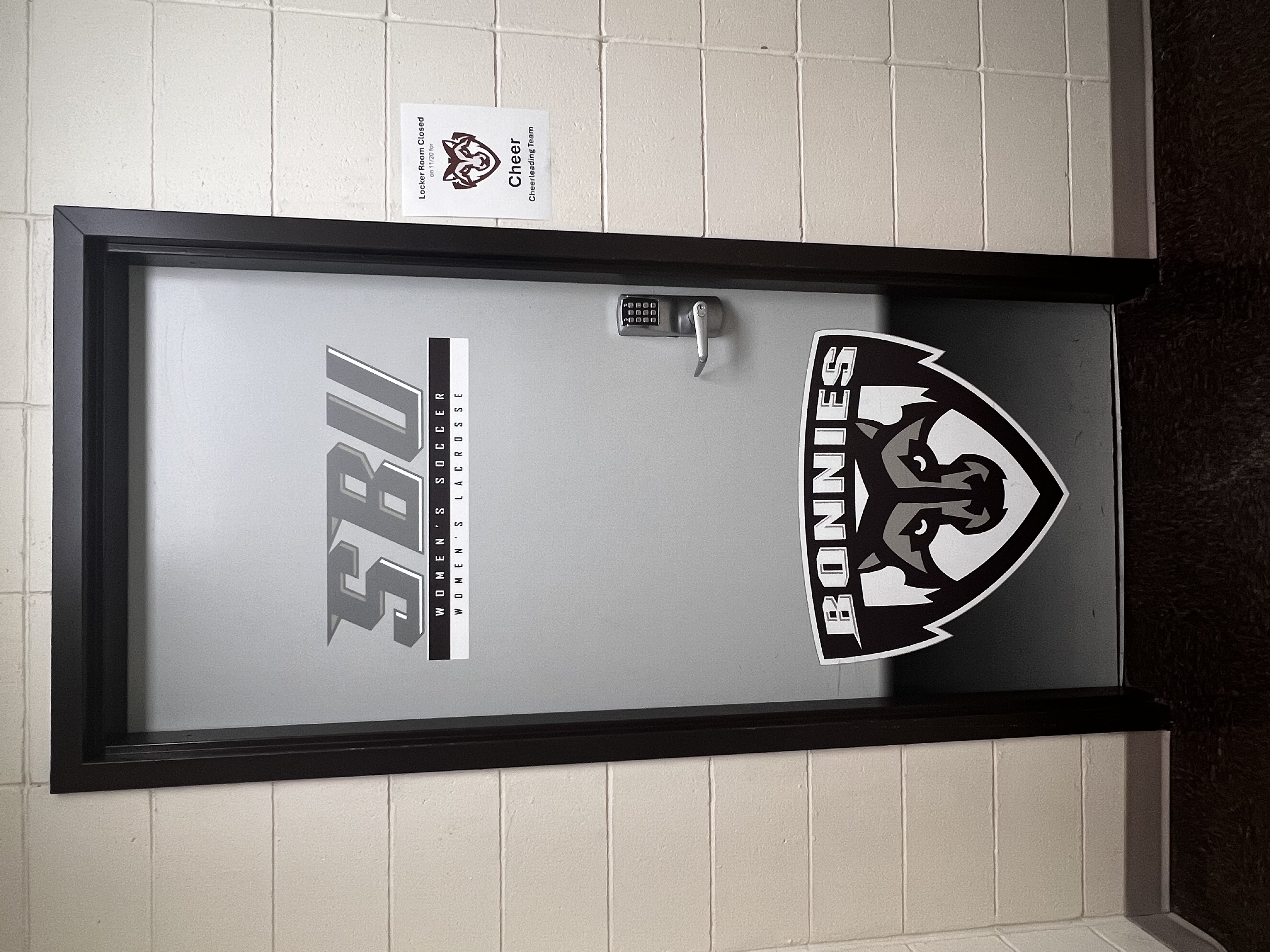By Sean Corey
Staff Writer
Stock prices can plummet in the time it takes to walk to the water fountain and back. Since we can’t continuously monitor our portfolio, we like to be protected from large and unexpected price decreases. To do this we put a stop-loss on most of our stocks. A stop-loss is an order that will execute when the stock reaches a certain price, set by the investor.
As an example, let’s say the maximum amount of your investment you are willing to lose is 10 percent. If you own a stock currently priced at $50, you will set a stop-loss at $45 ($45 represents a 10 percent decrease from $50). If the stock falls to, or below, $45 the trade will automatically execute and the stock will be sold. The trade will not execute until it reaches $45, so nothing will happen if the stock rises to $52 or falls to $48. One of our stocks, Google, hit our stop-loss this past week, though we still own six shares since a stop-loss was only on three of our shares.
These are especially useful in SIMM since our portfolio remains largely unwatched when students are on break, and unlike
buying options, stop-losses cost nothing.
There are some negatives. Stocks may fall dramatically one day only to increase dramatically the next. For example during the 2010 Flash Crash, stocks plunged more than nine percent due to high-frequency computer trading. Minutes later, stocks were right back up. If you have a stop-loss, you would have sold your stock right when the market fell and you would have missed out on the gains that followed immediately after.
This Week in SIMM
Long Fund: $262,690
Energy Fund: $271,160
GAINERS
Freeport (FCX) 3.36%
Altria (MO) 3.32%
Apache (APA) 3.15%
JP Morgan (JPM) 1.62%
LOSERS
Good Year Tire (GT) -6.79%
Google (GOOG) -5.69%
ADP (ADP) -3.26%
Computer Task (CTG) -2.70%
Trading Activity
DON’T BUY
Hold
Google (GOOG),
Google is a global technology company that focuses on web search engines, advertising and operating systems. After we sold a third of our shares in Google due to our stop-loss we debated if we should buy them back or sell our remaining shares. Google has been rapidly acquiring new companies, such as Nest Labs and DeepMind, that will diversify and position the company for growth in the future. However, Google has been falling since February when it reached its all-time high and is down more than five percent since last week. We decided it was best to hold off on buying back the shares until the price stabilizes.
Sell
ArcelorMittal (MT), 198 shares at $15.64
ArcelorMittal is a global producer of steel and steel products with the majority of their sales coming from Europe. We bought 198 shares two years ago at $19.66 each. Steel and iron prices have been decreasing since 2012, and that will likely continue to for the next few years. Challenging
economic conditions in Europe and cheap steel from China also pose significant challenges. Their stock price has since fallen to $15.64, an annualized loss of 17 percent. Due to
Arcelor’s inability to take advantage of the improving economy and declining steel prices, we decided to cut our losses and sell all of our shares of ArcelorMittal.
Sean Corey is a member of Students in Money Management. His email is coreysm10@bonaventure.edu.






